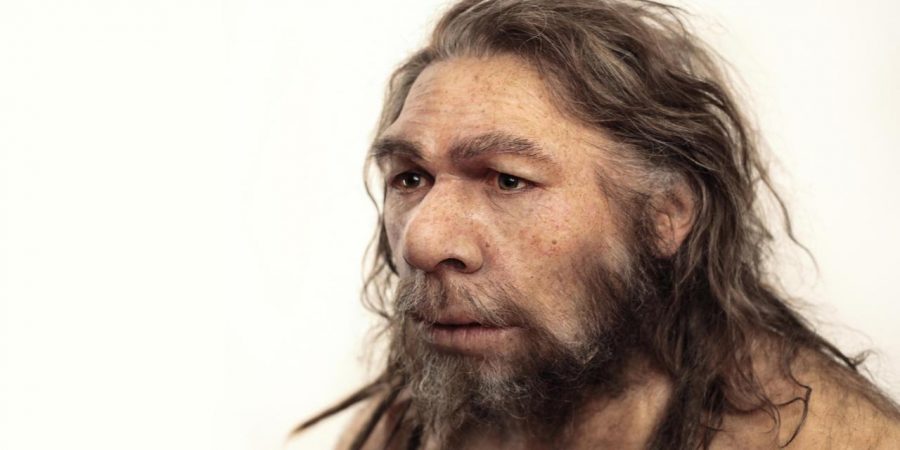A new study suggests modern humans have more in common with Neanderthals than scientists previously thought. In fact, thanks to a possible encounter both specimens could have had a long time ago, our DNA actually presents many characteristics similar to the DNA of the Homo sapiens ancestor.
A group of international scientists performed several studies to verify previous knowledge on the Neanderthal genome. Out of the four Neanderthal specimens found and conserved in museums, only the Altai Neanderthal found in Siberia presented a good quality genome that allowed scientists to verify and flag its variations.


In this new analysis, researchers were able to fully sequence in high fidelity the genome of the Altai Neanderthal, taken from a 52,000-year-old bone fragment that was extremely well-preserved. This study, published Thursday in the journal Science, confirmed information that scientists already knew. However, it also revealed new things that really surprised the researchers.
Neanderthals and modern humans met way before we thought
The study was led by Kay Prüfer and Svante Pääbo from the Max Planck Institute for Evolutionary Anthropology in Leipzig, Germany. Their team sequenced the genome of Vindija 33.19, a female Neanderthal whose remains were uncovered at the Vindija Cave in northern Croatia. By doing this, the researchers could compare both Neanderthal and modern human genomes very deeply, aiming to discover new information about human evolution and biology.
Previous studies suggested that Neanderthals crossed Europe and Asia in tiny groups, spreading through both continents. Thanks to the new analysis of the Vindija 33.19, and because of the lack of genetic diversity (low heterozygosity) in its genome, scientists could evidence that Neanderthals “lived in small and isolated populations” and “with an effective population size of around 3,000 individuals.”
In earlier studies of Vindija 33.19’s genome, scientists said that both parents of the female Altai Neanderthal were very close, and made them think Neanderthals coupled their immediate relatives. However, in this new study, they could verify that their parents were not as close as they thought and that the extreme inbreeding might not be a common fixture of the Neanderthals.
In the previous study on the Altai Neanderthal genome, scientists estimated that Neanderthals started breeding with archaic modern humans around 100,000 years ago. But this new analysis took them way back, making them think sexual activity between Neanderthals and modern humans actually started around 130,000 to 145,000 years ago. These encounters could have taken place in the Middle East or the Arabian Peninsula, but before modern humans spread massively into Europe and Asia.
“From that information, however, I think what was most interesting to me was the evidence that ancient modern humans interbred with Neanderthals really early (we see this in the Neandertal genomes) during a time that was prior to when we think the big movement out of Africa occurred (that resulted in the colonization of the rest of the world by modern humans),” Anne Stone, an anthropological geneticist at Arizona State University who wasn’t involved in the study, told Gizmodo.
Source: Science
